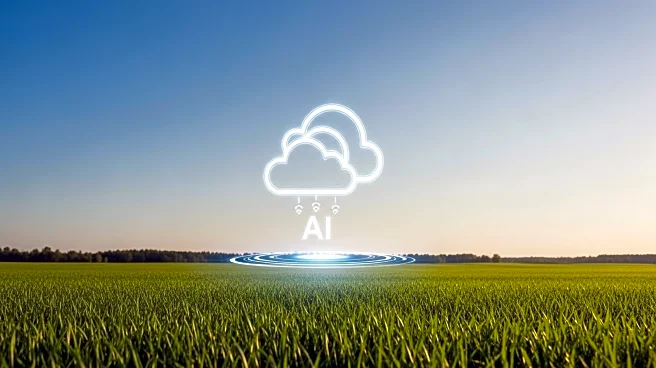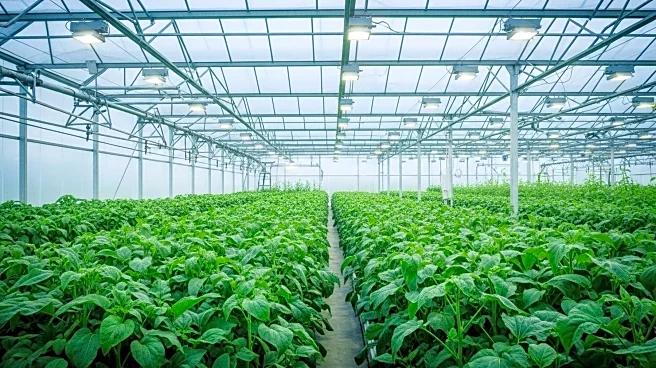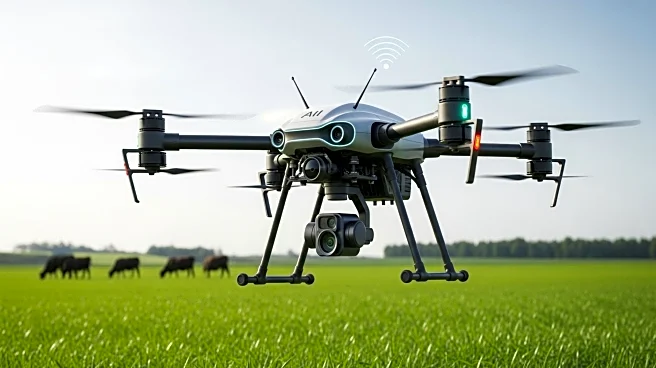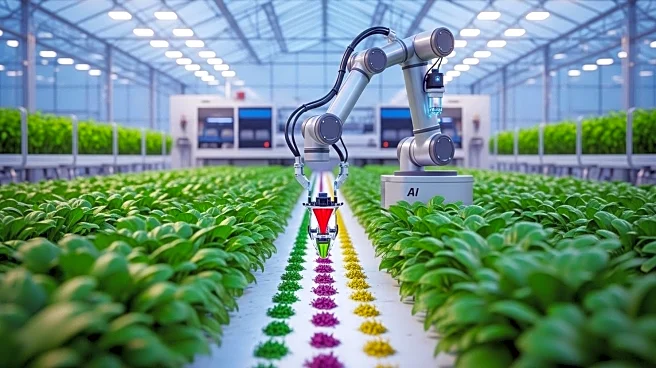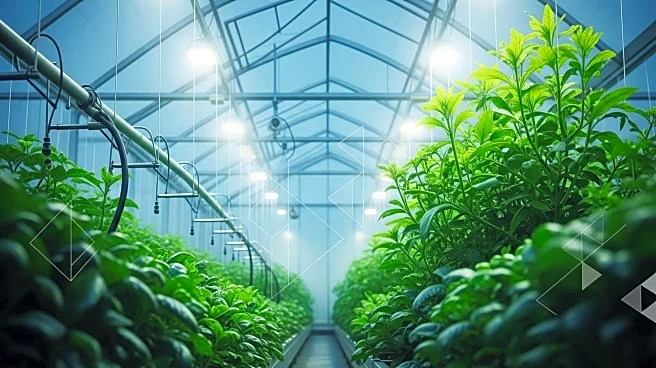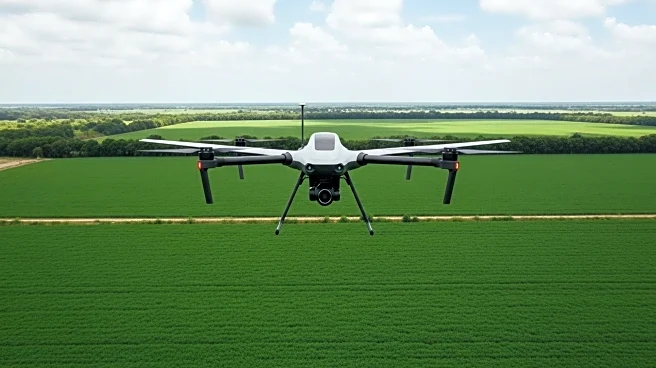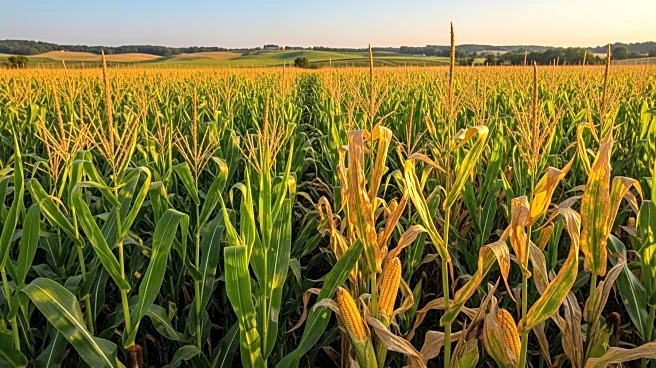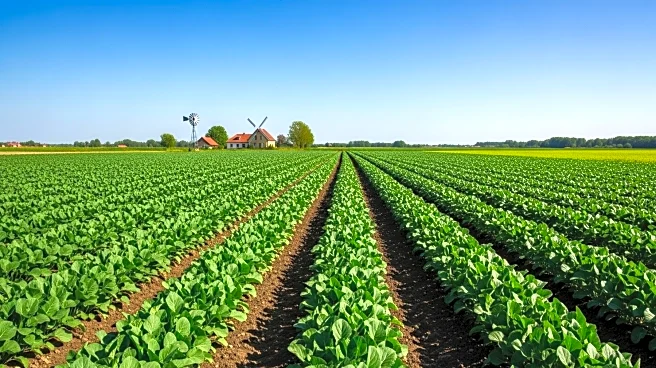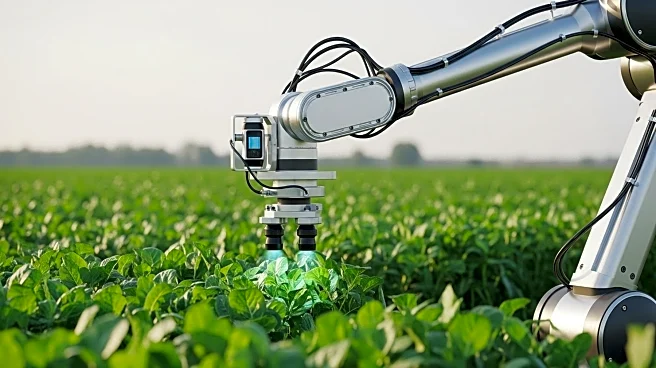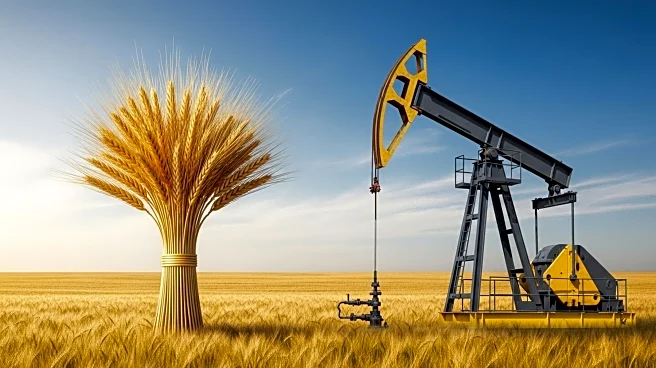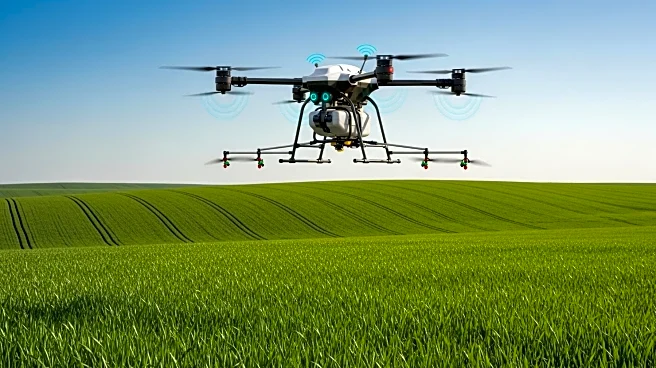What is the story about?
What's Happening?
Artificial intelligence is transforming weather forecasting, offering farmers more accurate and localized predictions at a lower computational cost than traditional models. This advancement is particularly significant for farmers in low- and middle-income countries, where access to reliable weather forecasts has been limited due to high technology costs and infrastructure demands. AI models, such as Pangu-Weather and GraphCast, provide forecasts that match or exceed the accuracy of conventional physics-based systems, enabling farmers to make informed decisions about planting and resource allocation. These models operate at speeds significantly faster than traditional methods, allowing for timely dissemination of weather information crucial for agricultural planning.
Why It's Important?
The integration of AI in weather forecasting is crucial for enhancing agricultural productivity and sustainability, especially in regions vulnerable to climate change. By providing precise weather predictions, AI helps farmers optimize planting schedules, manage resources efficiently, and mitigate risks associated with unpredictable weather patterns. This technology supports economic growth by reducing crop losses and improving yields, which is vital for food security and the livelihoods of farmers. Additionally, AI-driven forecasts can aid in disaster preparedness, offering early warnings for extreme weather events, thereby protecting communities and reducing economic losses.
What's Next?
Efforts are underway to expand access to AI weather forecasting models in developing countries, with organizations like AIM for Scale and the World Meteorological Organization working to tailor these tools to local needs. Training programs and infrastructure development are essential to ensure that farmers can effectively utilize AI forecasts. As AI models continue to evolve, they are expected to offer even longer-range predictions, further aiding in strategic agricultural planning. The ongoing collaboration between governments, researchers, and international institutions will be key to maximizing the benefits of AI in weather forecasting.
Beyond the Headlines
The adoption of AI weather forecasting models represents a significant shift in climate adaptation strategies. By empowering farmers with accurate weather data, these models contribute to sustainable agricultural practices and resilience against climate change impacts. The ethical dimension involves ensuring equitable access to technology and addressing disparities in technological infrastructure between high-income and developing regions. Long-term, AI-driven weather forecasting could lead to more sustainable global food systems and improved economic stability for vulnerable populations.
AI Generated Content
Do you find this article useful?
